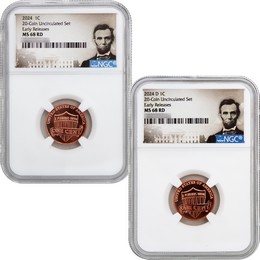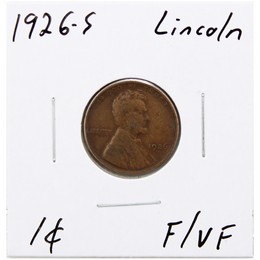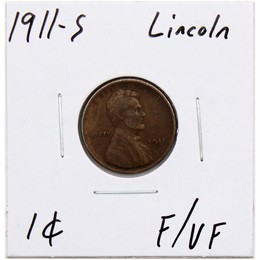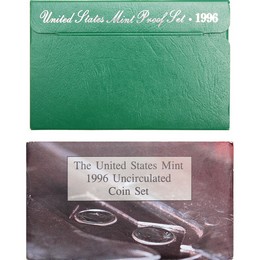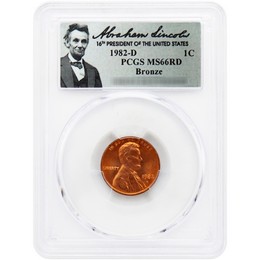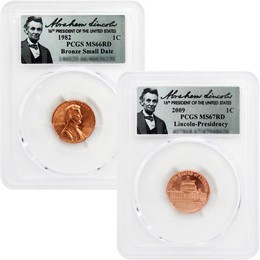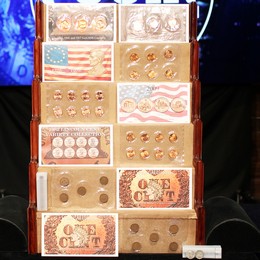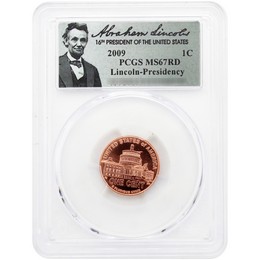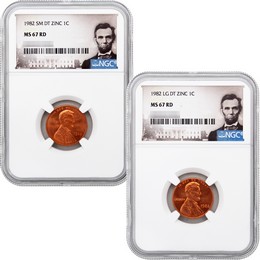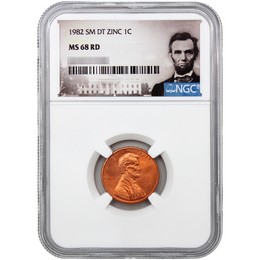Cent Coins

United States Cents
The cent is a fundamental unit of currency in the United States, valued at one-hundredth of a dollar. Represented by the '¢' symbol, cents facilitate precise transactions, minimizing the need for rounding in everyday purchases. While the penny, valued at one cent, is the most commonly used denomination, other coins like the nickel, dime, and quarter complement the cent system, offering diverse payment options. Despite debates about the penny's practicality and production costs, it remains a staple in American currency.
The cent's history is deeply intertwined with American coinage, tracing back to the first U.S. cent minted in 1793 after the Coinage Act of 1792 was passed establishing the United States Mint. Over time, these coins have undergone various design changes, reflecting societal values and cultural shifts. The Lincoln penny, introduced in 1909 to honor President Abraham Lincoln, is one of the most recognized coins in American history. Beyond their monetary value, cents serve as canvases for artistic expression, capturing historical and cultural narratives. Collectors cherish rare and historical U.S. cents, making them highly sought after in numismatics.
Initially made of copper and weighing 13.48 grams, the cent has evolved significantly in design and composition to meet economic and technological demands. The early cent designs featured Liberty, a symbol of freedom, evolving to include the Indian Head cent in 1859, acknowledging Native American heritage. The Lincoln penny, introduced in 1909, marked a milestone in commemorating Abraham Lincoln's 100th birth anniversary, linking the cent to one of America's revered figures. Design modifications have continued, with the Lincoln Memorial appearing in 1959 and later, the Union Shield in 2010.
Composition changes reflect historical influences, such as the War Penny in 1943, made from zinc-coated steel due to copper shortages during World War II. By 1982, rising metal prices led to the transition to copper-plated zinc cents, a composition that persists today. Events like the Great Depression and shifts in consumer behavior have impacted cent production, sparking debates on its future amidst cashless transactions.

